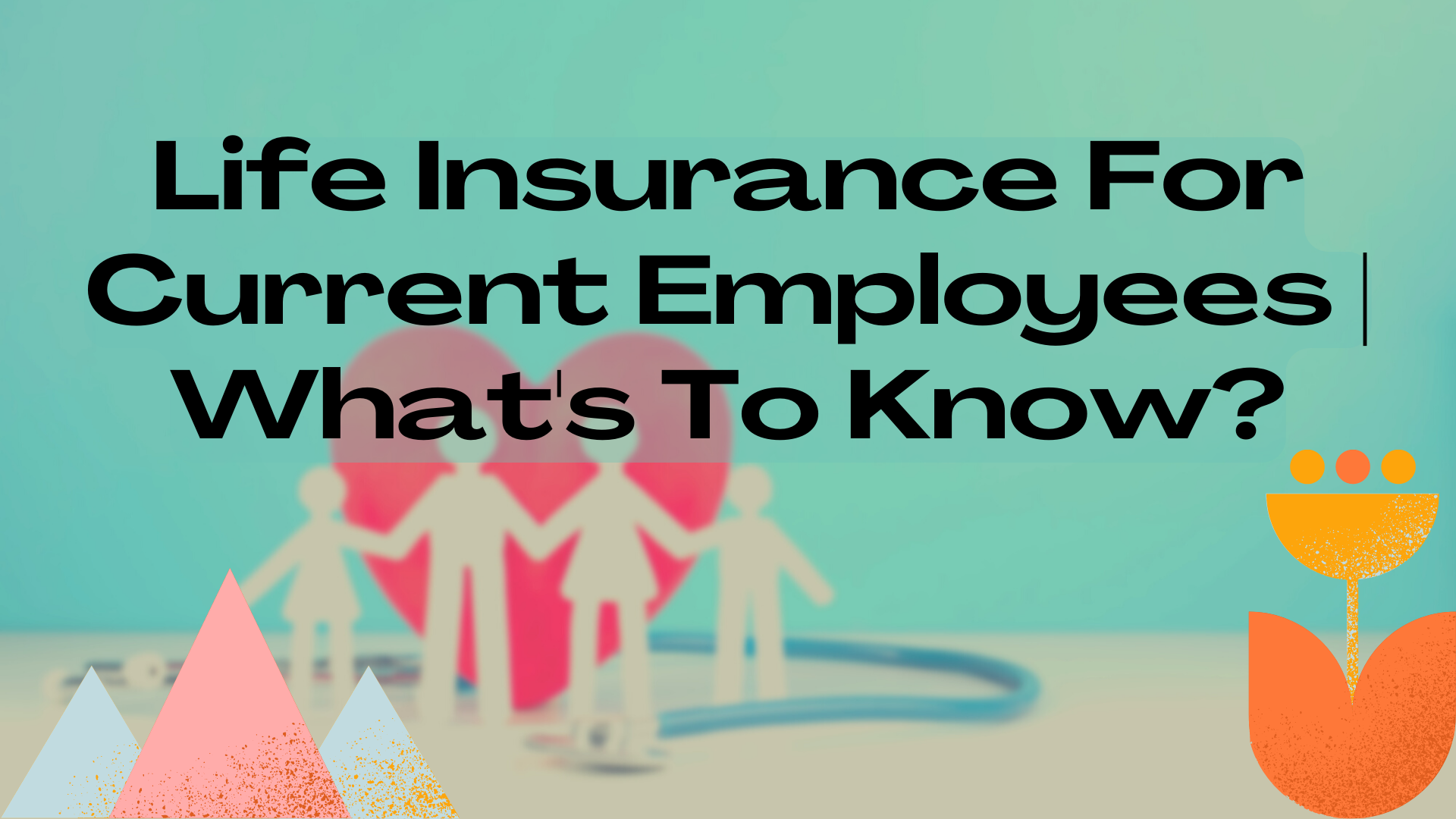Life insurance for current employees | What’s to know?

Life insurance can be described as a contract between two parties; one is the insurance company/ insurance policy provider/insurer, and the other is the insurance policyholder. Employing this contract, the insurance company provides a sum of the money to your beneficiaries in exchange for a premium, on the policyholder’s death or after a set period. Other events, such as illness or critical situations, can trigger the payment.
Current employees may also get life insurance through their employers if they offer coverage, depending on their salary and age. The most common type of life insurance offered is group life insurance, which is provided to employees only and does not apply to spouses and children of the employees.
To calculate the total amount of the life insurance you would get from the electronic file or the binder where you put your personal records. The new employees are already enrolled, and getting the coverage is optional. The basic group life insurance value is your salary rate plus locality pay. This costs 16 cents if your salary is $1000 biweekly, i.e., either twice a week or every two weeks. There are different options apart from basic federal employees group life insurance to increase your coverage, including options A, B, and C. Furthermore, accidental death and living benefits coverage is also available. In option A, you can avail extra $10,000 along with basic FEGLI. Option B involves purchasing multiples of your basic pay (1-5 multiples), rounded to $1.000. Option C provides the coverage for the spouse if you purchase 1-5 multiples of $5,000 for life and the same multiples for $2,500, coverage for a child under age 22 is provided for life. With option A, accidental death and dismemberment coverage with no additional cost can also be provided. The employees who become ill and have nine months or less of life expectancy can be provided with living benefits in exchange for basic insurance.
Current employees can cancel the coverage or change the previous beneficiary with the new one at any time. If you die at 35 or older, the beneficiary will get the double benefit, but the demise of the employee at 45 years or older can decrease the extra amount by 10% each year. In addition, there will be no additional coverage. So you should purchase up to 80% of your life insurance at your youngest age so that you can get covered at all times in older age with more illness expenses.
Contact Information:
Email: [email protected]
Phone: 6232511574
Bio:
I grew up in Dubuque, Iowa, where I learned the concepts of hard work and the value of a dollar. I spent years in Boy Scouts and achieved the honor of Eagle Scout. I graduated from Iowa State University and moved to Chicago and spent a few years managing restaurants. I then started working in financial services and insurance helping families prepare for the high cost of college for their children. After spending years in the insurance industry, I moved to Arizona and started working with Federal Employees offing education and options on their benefits. I became a Financial Advisor / Fiduciary to further help people properly plan for the future. I enjoy cooking and traveling in my free time.
Disclosure:
Investment advisory services are offered through BWM Advisory, LLC (BWM). BWM is registered as an Investment Advisor located in Scottsdale, Arizona, and only conducts business in states where it is properly licensed, notice filed, or is excluded from notice filing requirements. BWM does not accept or take responsibility for acting on time-sensitive instructions sent by email or other electronic means. Content shared or published through this medium is only intended for an audience in the States the Advisor is licensed in. If you are not the intended recipient, you are hereby notified that any dissemination, distribution, or copy of this transmission is strictly prohibited. If you receive this communication in error, please immediately notify the sender. The information included should not be considered investment advice. There are risks involved with investing which may include market fluctuation and possible loss of principal value. Carefully consider the risks and possible consequences involved prior to making an investment decision.






